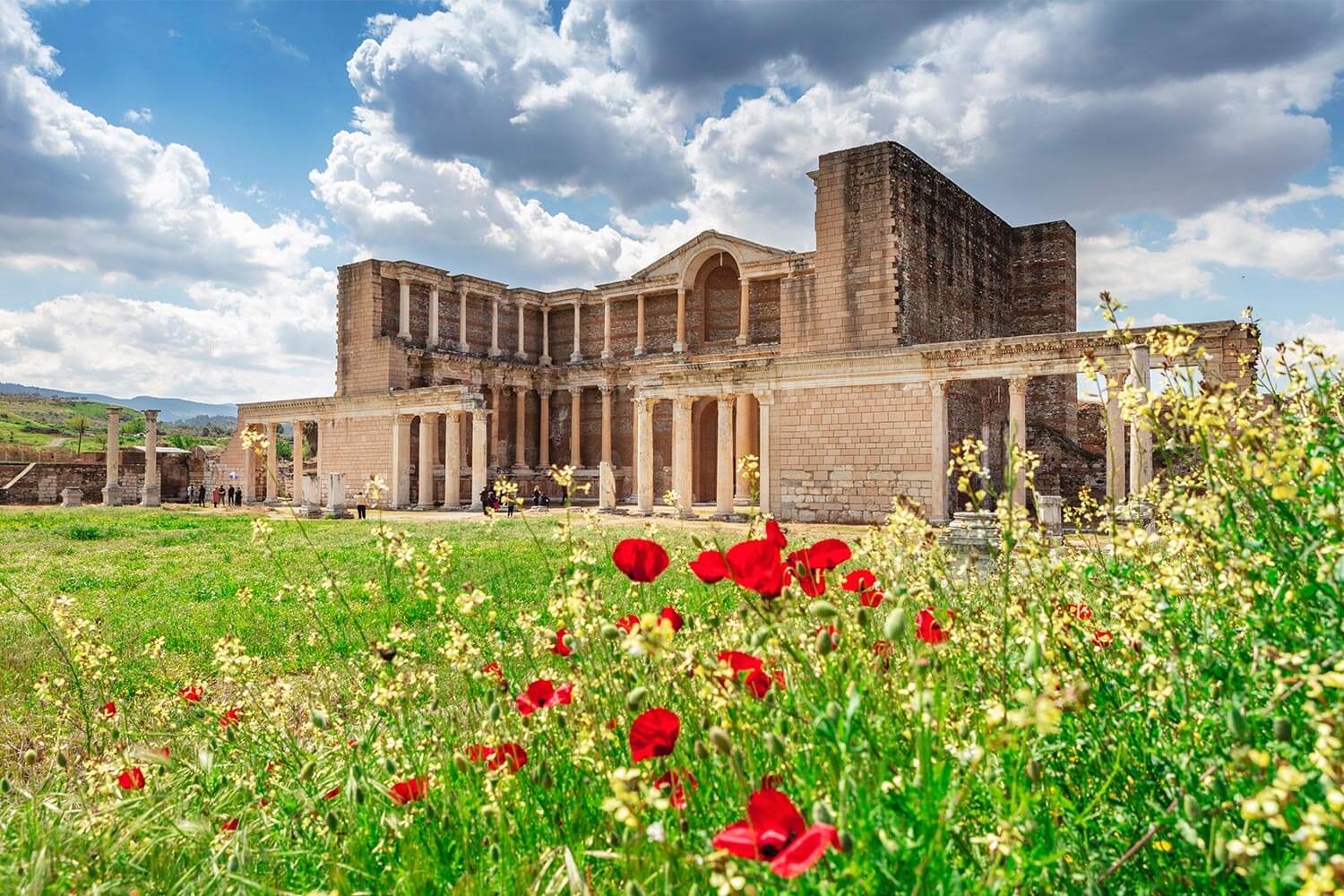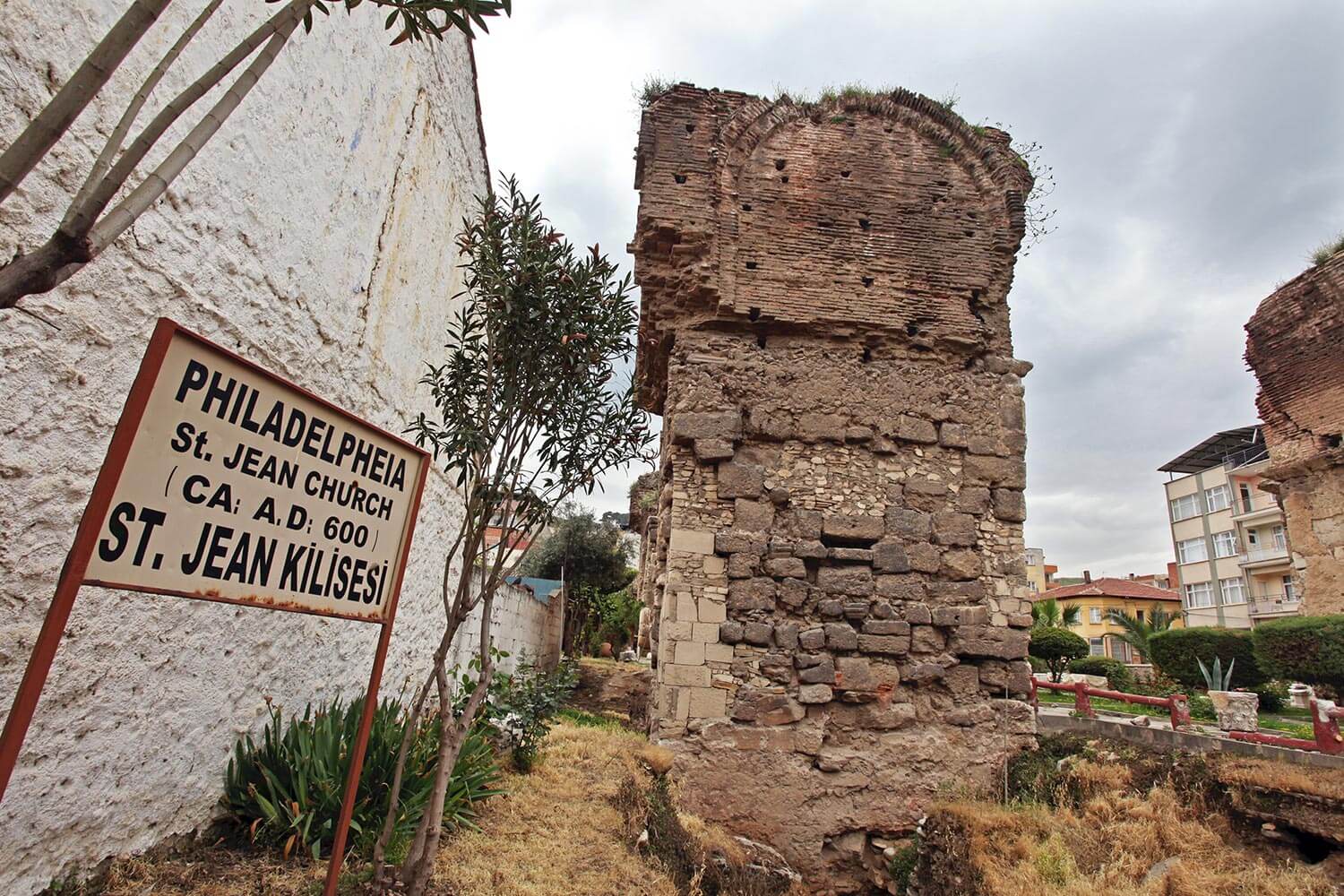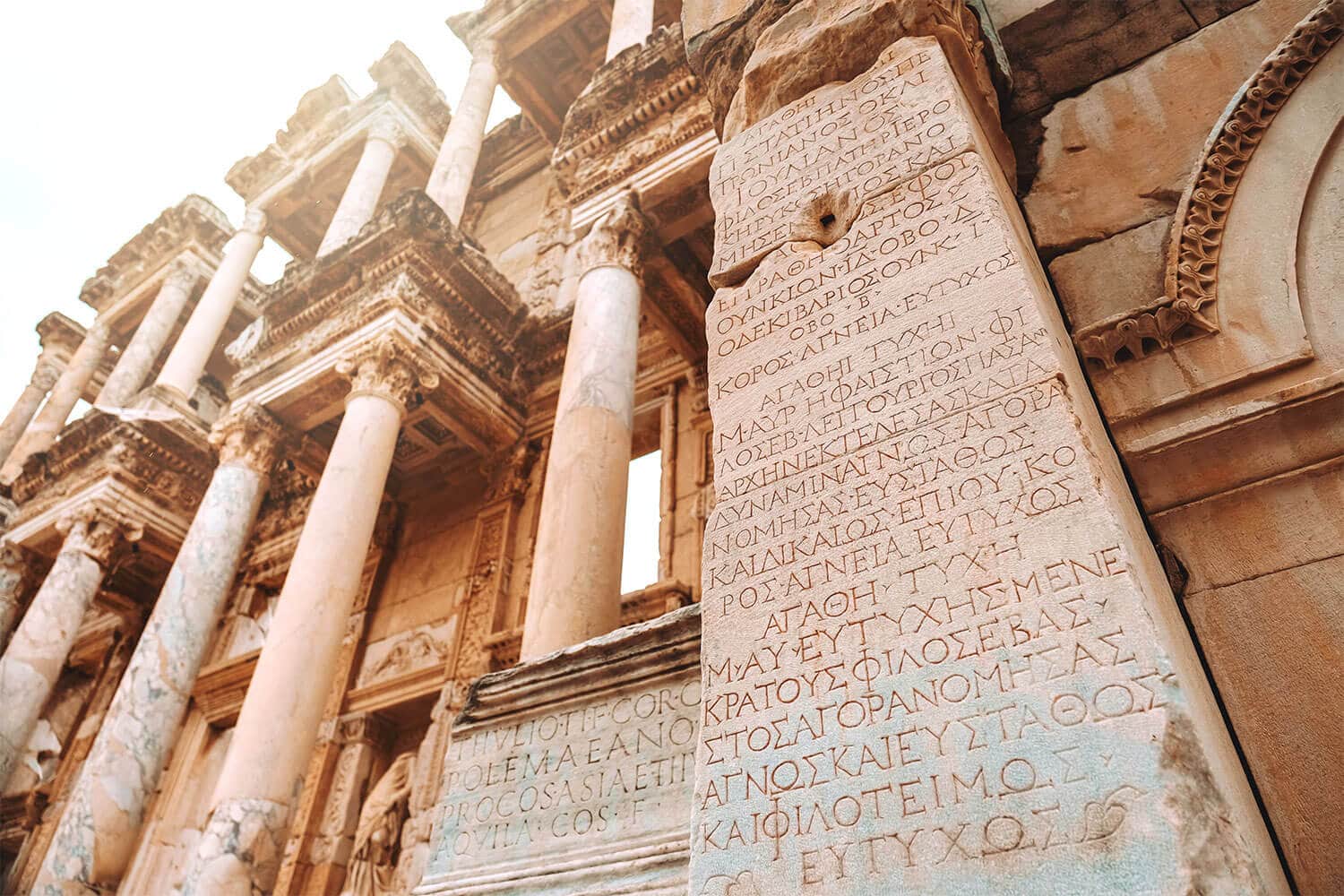Manisa, also known as the “City of Ottoman Princes,” is the second biggest city in the Aegean Region of Turkey after İzmir. The reason for that was the fact that the Ottoman princes would be sent here to be educated about ruling and managing and to gain experience before they actually rule a majestic empire. Sounds like a great practice.
Other than the Ottoman legacy, Manisa hosts some of the most important ancient cities like Sardis and Thyateira where you can have the chance to discover the mysteries of the ancient Anatolia.
Manisa is also famous for its Mesir Macunu Festival, a tradition that dates back to Ottoman times. The festival features the distribution of “Mesir Paste,” a traditional Turkish sweet believed to have healing properties.
The city is surrounded by lush forests and mountains. The famous Spil Mountain National Park offers spectacular views and is home to a unique breed of wild horses known as the “Spil Mountain Horse.”
Manisa is welcoming you any time, all you need to do is to plan your trip and join the adventure.












